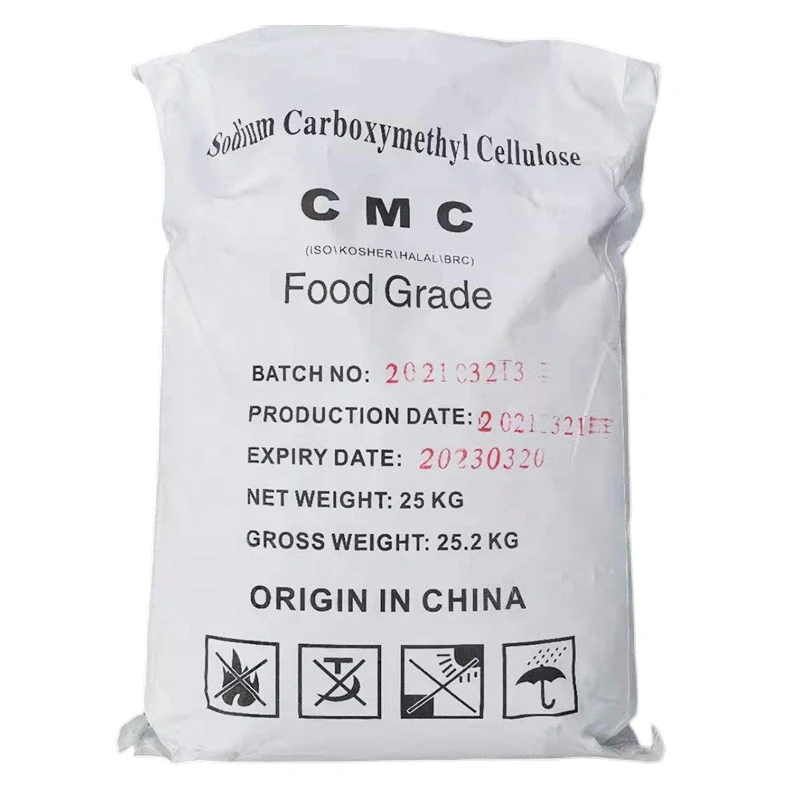



Effective Solutions for Eliminating Pink Slime in Swimming Pools
Treatment for Pink Slime in Swimming Pools
Swimming pools are meant to be a refreshing escape, providing a perfect atmosphere for relaxation and fun. However, maintaining a clean and safe swimming environment can sometimes be challenging. One common issue that pool owners may encounter is the presence of pink slime, also known as *M. terrae*, a type of bacteria that can grow in warm, moist environments. This article will discuss the causes of pink slime, its implications for pool hygiene, and effective treatment methods to keep your pool clean and inviting.
What is Pink Slime?
Pink slime is a term used to describe a slime-like bacteria that appears as pink or reddish stains in and around swimming pools. Though it is not harmful in small amounts, excessive growth can indicate a lack of proper sanitation and can lead to other water quality issues. Pink slime thrives in conditions of low chlorine levels and when there are high organic materials present, such as body oils, sweat, and other contaminants.
Causes of Pink Slime Growth
Understanding the causes of pink slime growth is crucial for effective treatment. The following factors contribute to its proliferation
1. Low Chlorine Levels When chlorine levels drop, bacteria can multiply rapidly. Proper pool sanitation relies heavily on maintaining adequate chlorine levels. 2. Warm Water Temperatures Warm water is a breeding ground for bacteria. Pink slime often appears when the water temperature rises, typically during summer months.
3. High Organic Debris Leaves, swimsuits, and even swimmers contribute to organic waste in pools. If not properly filtered and removed, these materials can fuel bacterial growth.
4. Infrequent Cleaning Neglecting regular pool maintenance can lead to algae and bacteria buildup, creating the perfect conditions for pink slime.
treatment for pink slime in swimming pools

Treatment Methods
To eliminate pink slime and prevent its recurrence, pool owners should adopt a comprehensive treatment approach, including the following steps
1. Shock Treatment Administering a chlorine shock treatment can effectively kill existing bacteria. This involves adding a higher concentration of chlorine to the water, usually ten times the regular amount. This process should be done at dusk or night to maximize chlorine effectiveness.
2. Regular Testing Use a pool test kit to regularly check chlorine and pH levels. Proper balance should be maintained, with chlorine levels ideally between 1-3 ppm and pH between 7.4-7.6.
3. Enhanced Filtration Consider using a pool filter with a higher micron rating or adding a UV-C sanitizer to your setup. This helps eliminate bacteria and other contaminants more effectively.
4. Regular Cleaning Thoroughly vacuum your pool and scrub the walls to remove slime and any other buildup. Pay special attention to corners, steps, and behind ladders where debris can accumulate.
5. Proper Water Circulation Ensure that your pool pump and filtration system are functioning optimally. Running the pump for at least 8-12 hours a day can help keep water circulating and reduce stagnant areas where bacteria can grow.
Conclusion
The presence of pink slime in swimming pools can be distressing, but with proper treatment and maintenance, it is manageable. By maintaining consistent chlorine levels, regular cleaning, and taking proactive measures, pool owners can enjoy a clean and safe swimming environment. Remember, an ounce of prevention is worth a pound of cure—stay vigilant and keep your pool pristine for the enjoyment of all!
-
Why Sodium Persulfate Is Everywhere NowNewsJul.07,2025
-
Why Polyacrylamide Is in High DemandNewsJul.07,2025
-
Understanding Paint Chemicals and Their ApplicationsNewsJul.07,2025
-
Smart Use Of Mining ChemicalsNewsJul.07,2025
-
Practical Uses of Potassium MonopersulfateNewsJul.07,2025
-
Agrochemicals In Real FarmingNewsJul.07,2025
-
Sodium Chlorite Hot UsesNewsJul.01,2025










